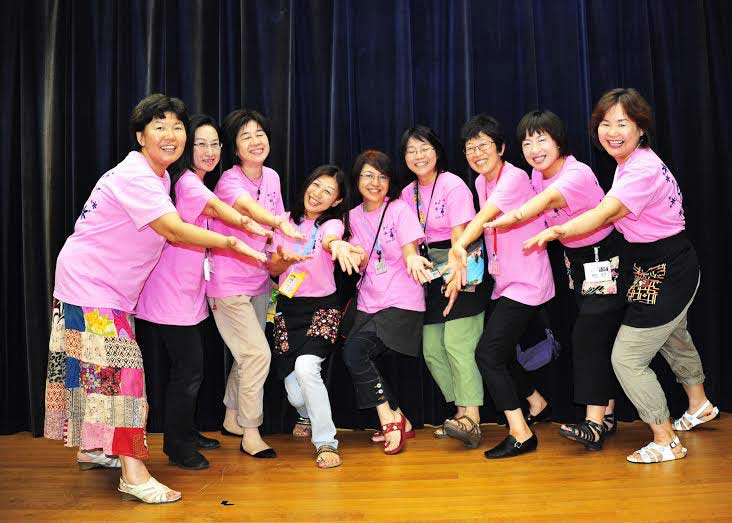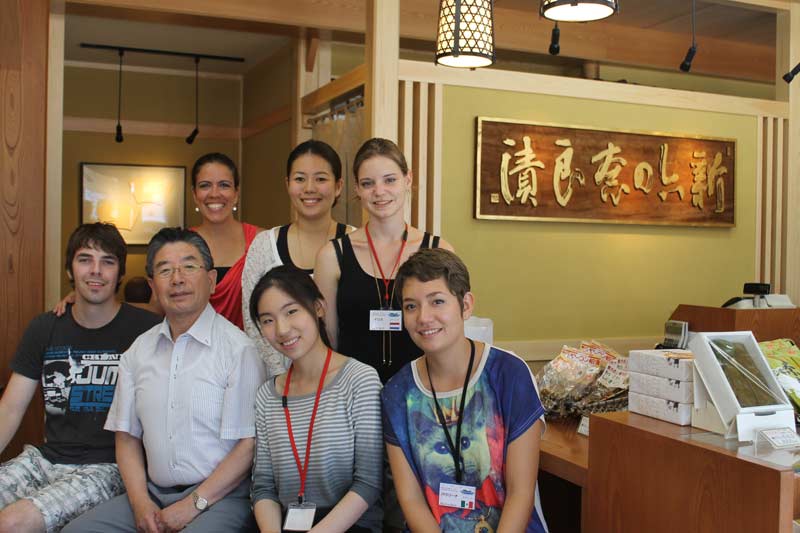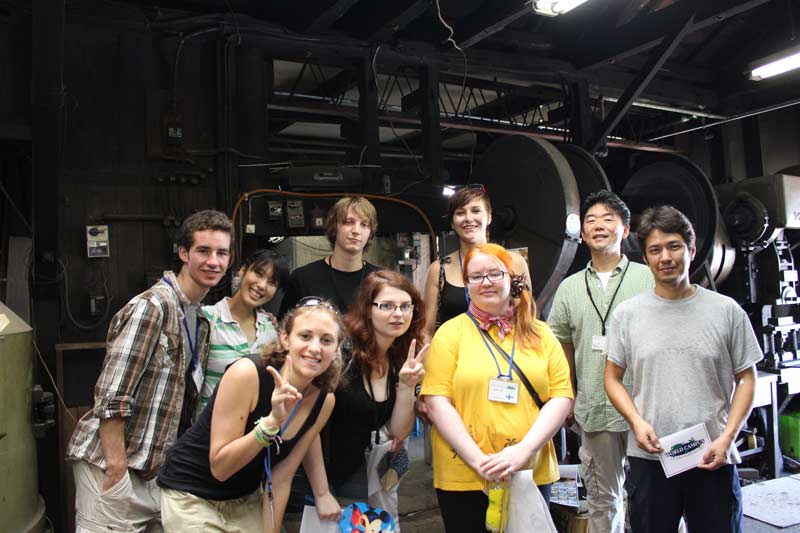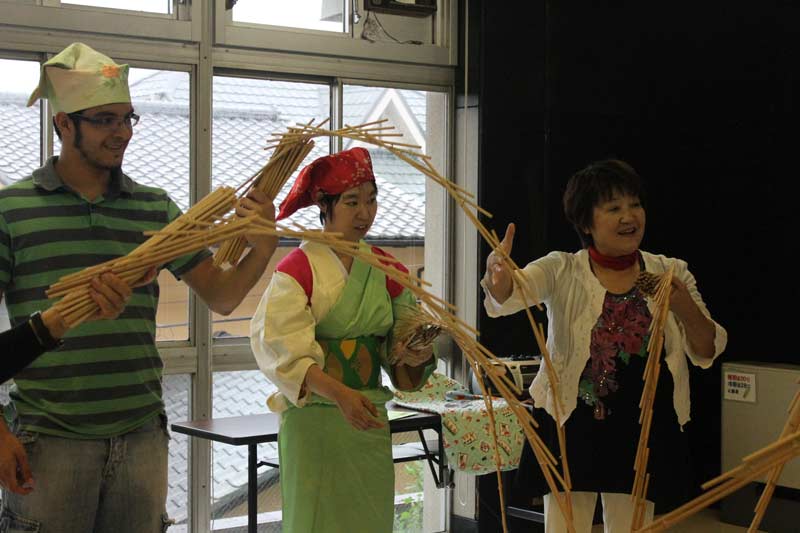都内まで40分ですが、日本を代表する河川の1つである利根川が流れ、自然環境に恵まれた地域です。また、芸大がありアートの街でもあります。
WCI取手での活動のイチ押しは、夏の凧揚げ大会です。ホストファミリーの皆様と一緒に40連凧を作り、利根川土手で凧揚げをします。涼しい川風に吹かれての凧揚げは最高です!!
他にも、地域の方々と日本文化体験も予定しています。是非、取手へ!!待ってま~すヽ(^o^)丿”
Even though it takes only 40 minutes to get to the center of Tokyo, there is rich nature in Toride city such as the Tone River, one of the largest rivers in Japan! And there is an art college in this city, so Toride is known as a city of art as well!
We have several activities for the World Campus – Japan program 2015, and “Flying kites” activity would be the most exciting part of your stay in Toride! We are going to make 40 kites with the host families and let them fly in the sky by the Tone River!
Also we’re planning to have some more experiences of Japanese traditional cultures! Welcome to Toride! We all look forward to meeting you!










